Unlocking Lung Cancer Treatment Secrets
Lung cancer remains one of the leading causes of cancer-related deaths worldwide. As such, understanding its diagnosis and treatment is crucial.

In this article, we delve deep into the intricacies of lung cancer, from the various tests used for its diagnosis to the treatment options available. We will unravel the secrets of lung cancer treatment, providing a comprehensive guide for both healthcare professionals and patients alike.
Testing Healthy People for Lung Cancer
Lung cancer, like other forms of cancer, is best treated when detected early. This is why testing healthy individuals, especially those at risk, is essential. These tests help in early detection, potentially saving lives.

It is a proactive approach to lung cancer prevention and treatment. Additionally, continuous research efforts are being made to improve these screening methods and make them more accessible to the public.
Hence, raising awareness about the importance of regular screening could contribute significantly to reducing lung cancer mortality rates.
Tests to Diagnose Lung Cancer
There are several tests available for diagnosing lung cancer. These tests are designed to detect abnormalities or changes in the lungs that may signal the presence of cancerous cells.
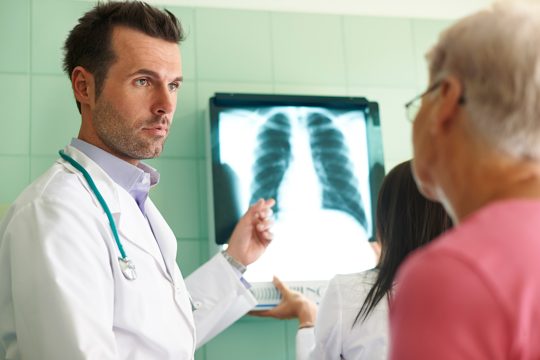
Its important to remember that early detection is key for successful treatment. The tests used to diagnose lung cancer are varied and can include imaging tests, sputum cytology, and tissue sample biopsies.
Imaging Tests
Imaging tests are one of the most common methods used to diagnose lung cancer. They provide a visual representation of the lungs, allowing doctors to spot any abnormalities.

Imaging tests used in lung cancer diagnosis include X-rays and computed tomography (CT) scans. Both of these can reveal tumors or other irregularities that may be indicative of lung cancer.
Sputum Cytology
Sputum cytology involves examining sputum (mucus) under a microscope to identify cancer cells. This test is often used for people who have a persistent cough or are coughing up blood.
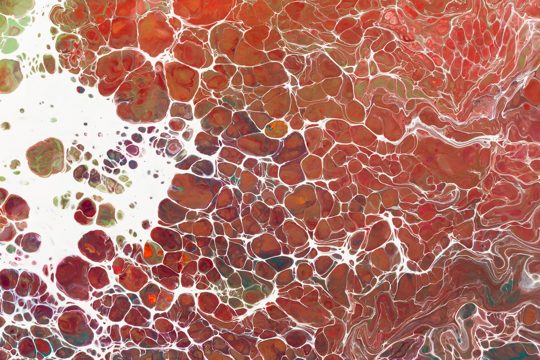
While its not as definitive as other tests, sputum cytology can be an effective diagnostic tool when used alongside other methods. Its a non-invasive test that can provide valuable information.
Tissue Sample (Biopsy)
A biopsy involves removing a small sample of tissue for examination under a microscope. This can be done through a variety of methods, including bronchoscopy, needle biopsy, or even surgery.
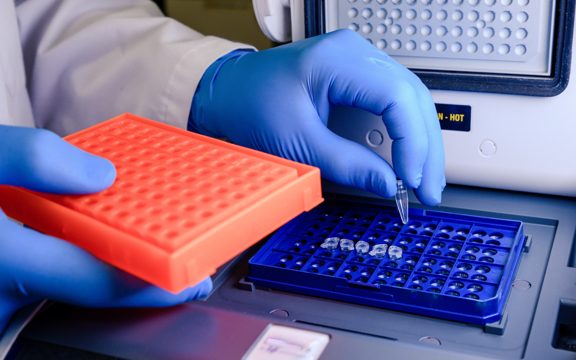
The tissue sample is then examined for cancer cells, providing a definitive diagnosis. Biopsies are crucial in determining the type and stage of lung cancer.
Tests to Determine the Extent of the Cancer
Once lung cancer has been diagnosed, further tests are usually required to determine the extent or stage of the cancer. Staging helps doctors plan the most effective treatment strategy.

These tests can include additional imaging tests, blood tests, and more invasive procedures like a mediastinoscopy. Understanding the stage of the cancer is crucial in deciding the best course of treatment.
Lung Cancer Unveiled: Treatment
Once diagnosed and staged, the treatment for lung cancer can begin. The goal of treatment is to eliminate the cancer, slow its growth, or reduce symptoms to improve quality of life.
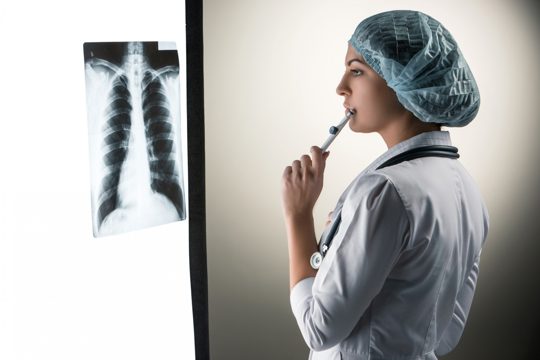
Treatment options vary depending on the type and stage of the cancer, as well as the patients overall health. They can include surgery, radiation therapy, chemotherapy, and more innovative treatments like targeted drug therapy and immunotherapy.
Surgery
Surgical treatment for lung cancer involves removing the tumor and a margin of healthy tissue. The extent of the surgery depends on the stage of the cancer and the patients overall health.
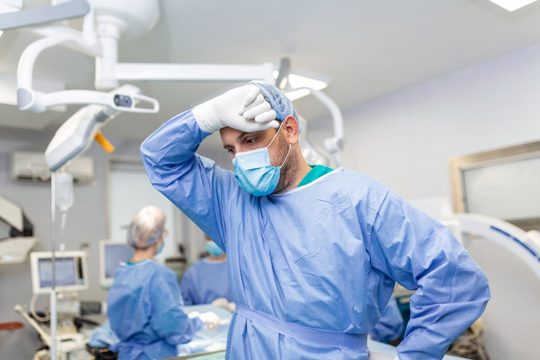
Types of surgery can include wedge resection, segmental resection, lobectomy, and pneumonectomy. Each procedure varies in complexity and recovery time.
Radiation Therapy
Radiation therapy uses high-energy beams to kill cancer cells. It can be used as a standalone treatment or in combination with other treatments like surgery or chemotherapy.

Radiation therapy can be delivered externally or internally (brachytherapy). Its an effective treatment option, especially for patients who cant undergo surgery.
Chemotherapy
Chemotherapy involves using drugs to kill cancer cells. These drugs can be taken orally or injected into a vein.

Chemotherapy is often used in conjunction with other treatments, like surgery or radiation therapy. It can also be used to shrink tumors before surgery or to kill any remaining cancer cells after surgery.
Stereotactic Body Radiotherapy
Stereotactic body radiotherapy (SBRT) is a type of radiation therapy that delivers high doses of radiation to the tumor while minimizing damage to surrounding healthy tissue. SBRT is typically used for small, early-stage lung cancers.
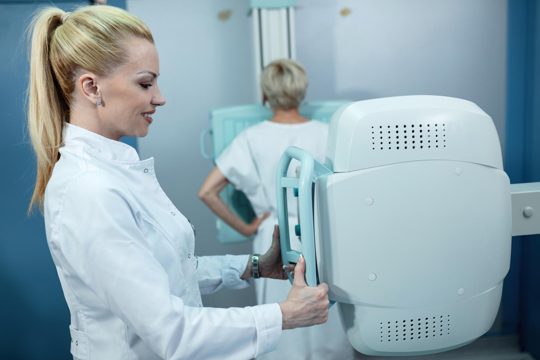
It can be an effective treatment option for patients who cant undergo surgery. SBRT requires fewer treatments than traditional radiation therapy, making it a more convenient option for some patients.
Targeted Drug Therapy
Targeted drug therapy works by targeting specific abnormalities in cancer cells. These drugs can block the growth and spread of cancer cells while limiting damage to healthy cells.

Targeted therapies can be very effective for certain types of lung cancer. This form of treatment is often used when the cancer has advanced or returned.
Immunotherapy
Immunotherapy is a relatively new form of cancer treatment that uses the bodys immune system to fight cancer. It can be used alone or in combination with other treatments.
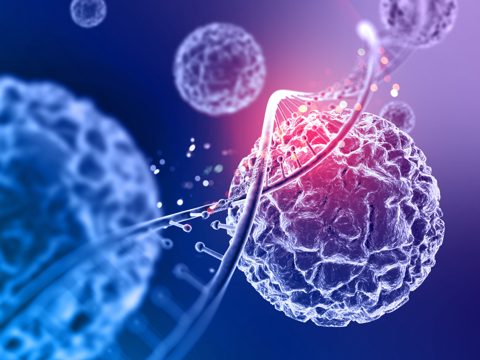
Immunotherapy has shown promise in treating certain types of lung cancer, particularly non-small cell lung cancer. Its an exciting development in the field of lung cancer treatment.
Palliative Care
Palliative care is not a treatment for lung cancer per se, but it is an essential part of care for many patients. This type of care focuses on providing relief from the symptoms and stress of the illness.

The goal is to improve quality of life for both the patient and the family. Palliative care can be used at any stage of illness, not just the advanced stages.
Wedge Resection
A wedge resection is a type of surgery that removes a small, wedge-shaped piece of lung that contains the tumor, along with a margin of healthy tissue. This procedure is often used for small, early-stage lung cancers.
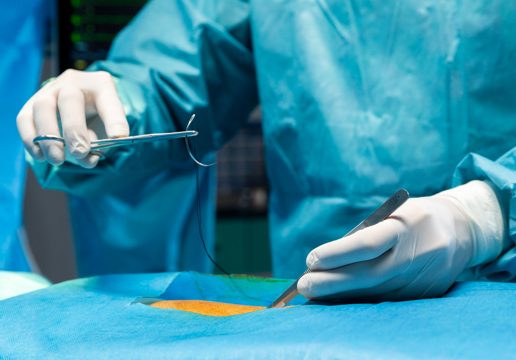
Its less invasive than some other types of surgery and generally has a quicker recovery time. However, it may not be an option if the tumor is located in the center of the lung.
Segmental Resection
A segmental resection involves removing a larger portion of the lung than a wedge resection, but not an entire lobe. This procedure may be used if the tumor is larger or has spread to a larger area.
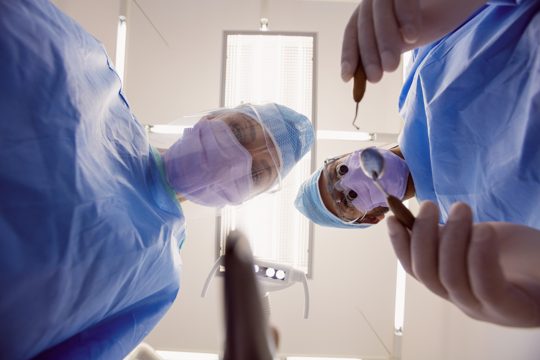
Its more invasive than a wedge resection, but less so than a lobectomy. Recovery time is generally longer than for a wedge resection but shorter than for a lobectomy.
Lobectomy
A lobectomy involves removing an entire lobe of the lung. This is the most common surgery for non-small cell lung cancer.

While its more invasive and has a longer recovery time than a wedge or segmental resection, a lobectomy can increase the chances of removing all of the cancer. Its often the preferred option if the patients overall health allows for it.
Pneumonectomy
A pneumonectomy is the most extensive lung cancer surgery and involves removing the entire lung. This procedure is usually only considered if the tumor is very large or centrally located.
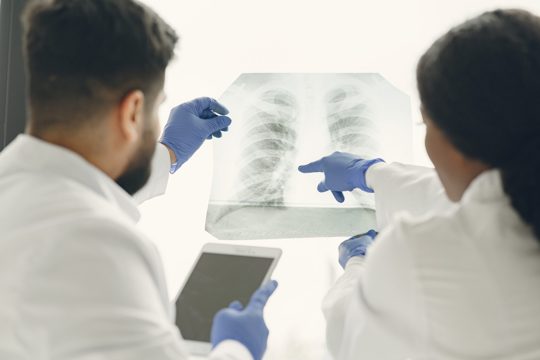
Its the most invasive type of lung cancer surgery and comes with the highest risk of complications. However, in some cases, it may be the best option for removing all of the cancer.
The Future of Lung Cancer Treatment
As research continues, new treatments for lung cancer are being developed. These include more targeted therapies and innovative immunotherapies.

In addition, advances in diagnostic techniques are allowing for earlier detection and more individualized treatment plans. The future of lung cancer treatment is promising, with the potential to save even more lives and improve the quality of life for those living with the disease.
Empowering Lung Cancer Journey
The journey through lung cancer, from diagnosis to treatment, is a complex one. It involves a variety of tests, procedures, and treatment options.
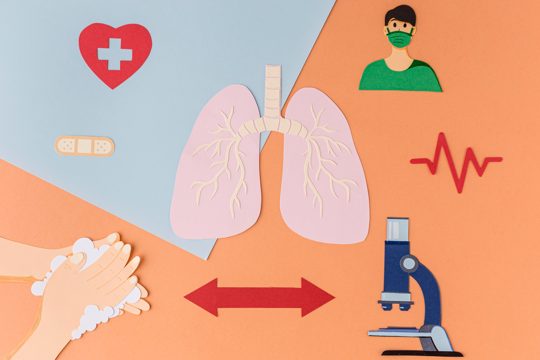
However, with ongoing research and advances in medicine, there is hope for more effective treatments and improved patient outcomes. By understanding the various aspects of lung cancer diagnosis and treatment, one can better navigate this challenging journey.
About us
Welcome to MedicareWisdoms! We're so glad you're here. Our goal is to provide you with the information you need to make informed decisions about your health and Medicare coverage. Whether you're just starting to explore your options or you're looking for expert advice, we're here to help. Our team of knowledgeable professionals is dedicated to answering your questions and providing you with the resources you need to stay healthy and happy. So, take a look around, explore our site, and discover the wisdom of Medicare. Thank you for choosing MedicareWisdoms!

